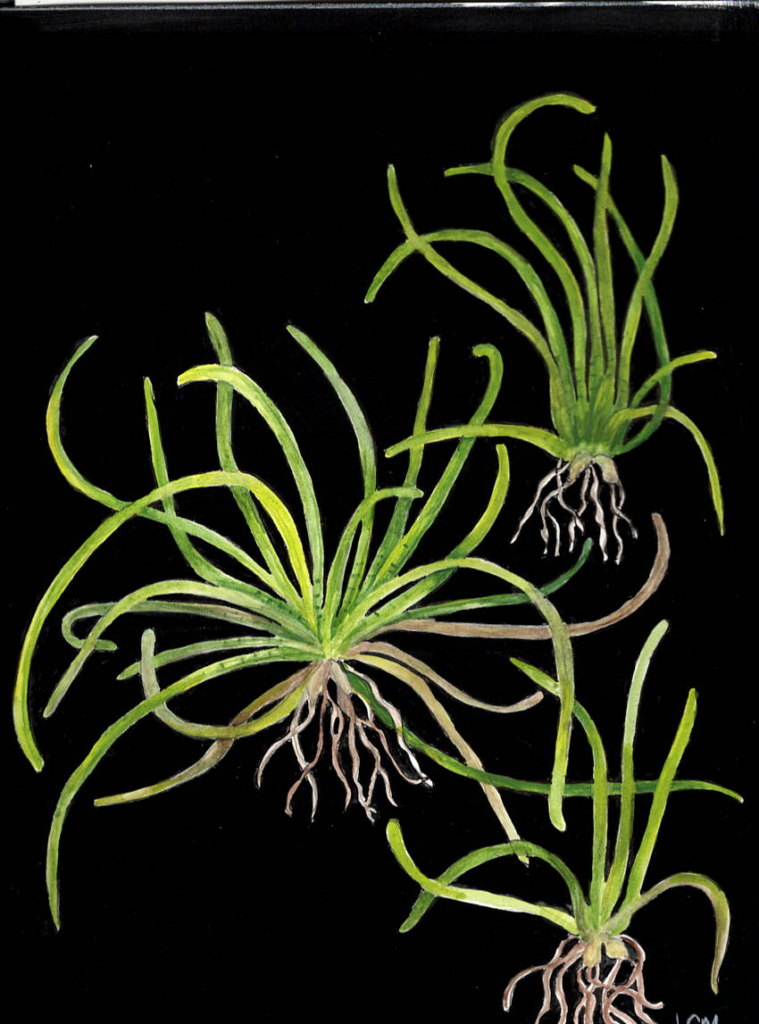THE most endangered plant in Georgia looks like nothing more than a tuft of grass and grows in a puddle. Mat forming quillwort, Iosoetes tegetiformas is endemic to Georgia, meaning it grows nowhere else in the world. There have been only 15 documented populations found, 12 of which have been confirmed during the last 20 years.

Quillworts won’t win any beauty contests – they are non-flowering and tiny – the leaves only grow to 3 inches or less. But value and beauty are not synonymous and I am a firm believer in the worth of every species, no matter how small and insignificant looking.

Mat forming quillwort is sometimes called Merlin’s grass and this, along with a close relative, Black spored quillwort, grow in shallow, flat bottomed pools formed by natural erosion on granite outcrops. Historically, these are seasonally flooded with winter and early spring rains and receive additional moisture through seepage from surrounding habitats. Though Merlin’s grass is a perennial, it disappears during the dry season, reappearing only after a summer rain.
Like a tempest in a teacup, any disturbance (no matter how small) to these pools causes havoc for the species trying to make a living there. With increasing sporadic and violent weather patterns, water fluctuations are not as predictable. With invasive plants changing surrounding habitats, even more changes occur.
Other threats abound. Quarrying on the outcrops, off road vehicle traffic, trampling hikers and cattle – danger is everywhere. No wonder this little plant is considered globally endangered.
How can we help? The best way is to support the many organizations who are doing research and propagating this little plant. I have faith in the scientists and am optimistic that this – and all of Georgia’s endangered plants will be safely secured for our future.
Go by the Gallery at the Atlanta Botanical Garden to see Imperiled Beauty, showcasing quillworts and other federally endangered plants species in Georgia.
